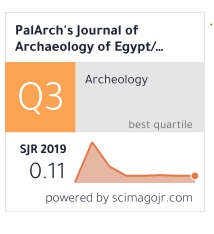CHOICE OF HEALTHCARE FACILITIES AMONG THE RURAL PEOPLE OF ASSAM: AN ANALYSIS
Abstract
BACKGROUND: One of the key objectives of National Health Mission which was implemented in Assam in 2005 was to make health services more accessible, affordable and equitable for the rural vulnerable population.
METHODS: On the basis of four mortality indicators of health viz. Maternal Mortality Rate, Infant Mortality Rate, Crude Death Rate and Under 5 Mortality Rate, two districts of Assam are selected purposefully for the present study, namely, Sivasagar and Kamrup (Rural). The sample population is constituted of those members of the households who have suffered from any kind of illness and visited any health facility for treatment. Both acute and chronic morbidity is considered for the present study. A pooled binary logistic regression analysis is used to test statistically the choice of healthcare facility by the respondents.
RESULTS and CONCLUSION: The analysis results that the people of elder age group, with lower income, with less education and having large family size are generally seeking treatment from public health facilities. A higher proportion of private health care facilities possess with regular doctors’ availability, very good counselling of doctors and highly satisfactory infrastructure and basic amenities. On the contrary, despite of having less satisfactory infrastructure facilities and irregular presence of doctors, a significantly large number of respondents choose public health facilities for treatment.



